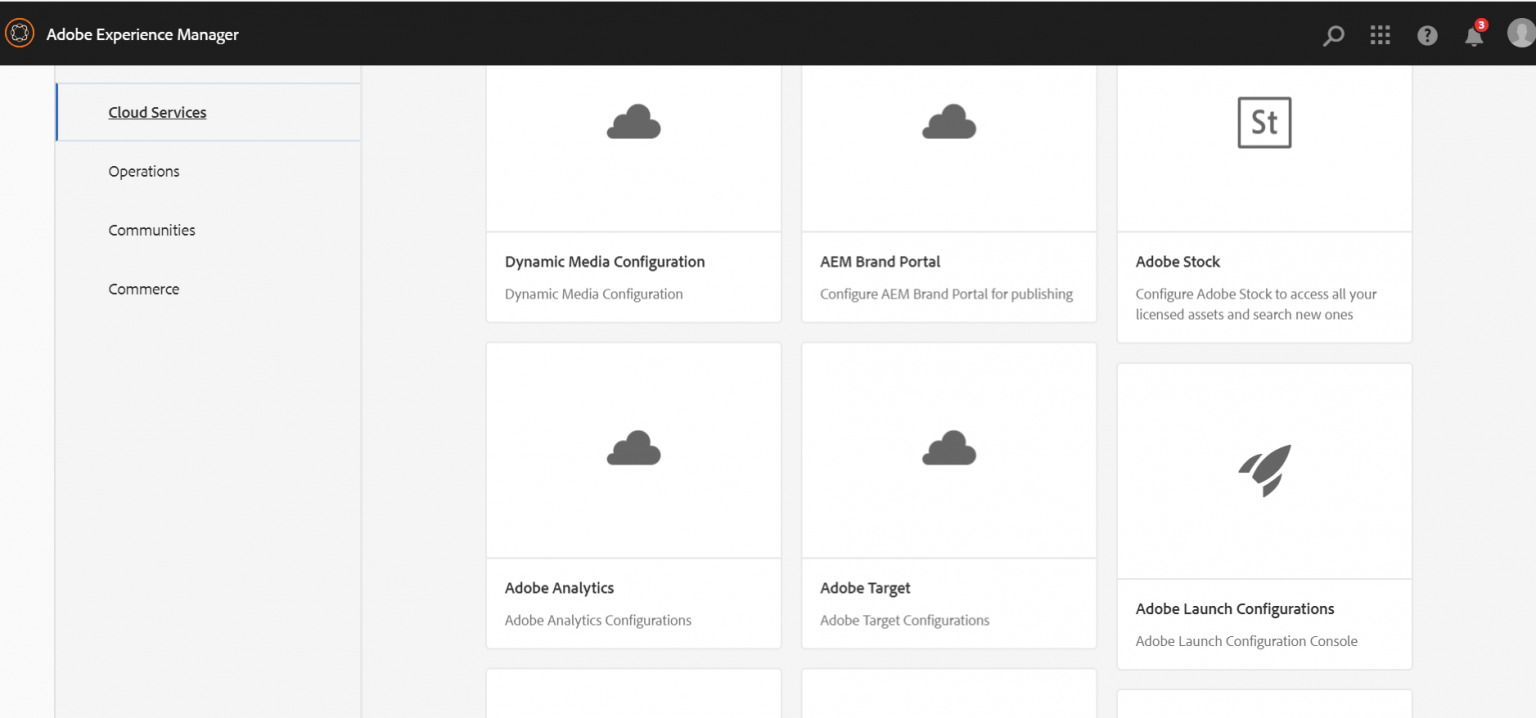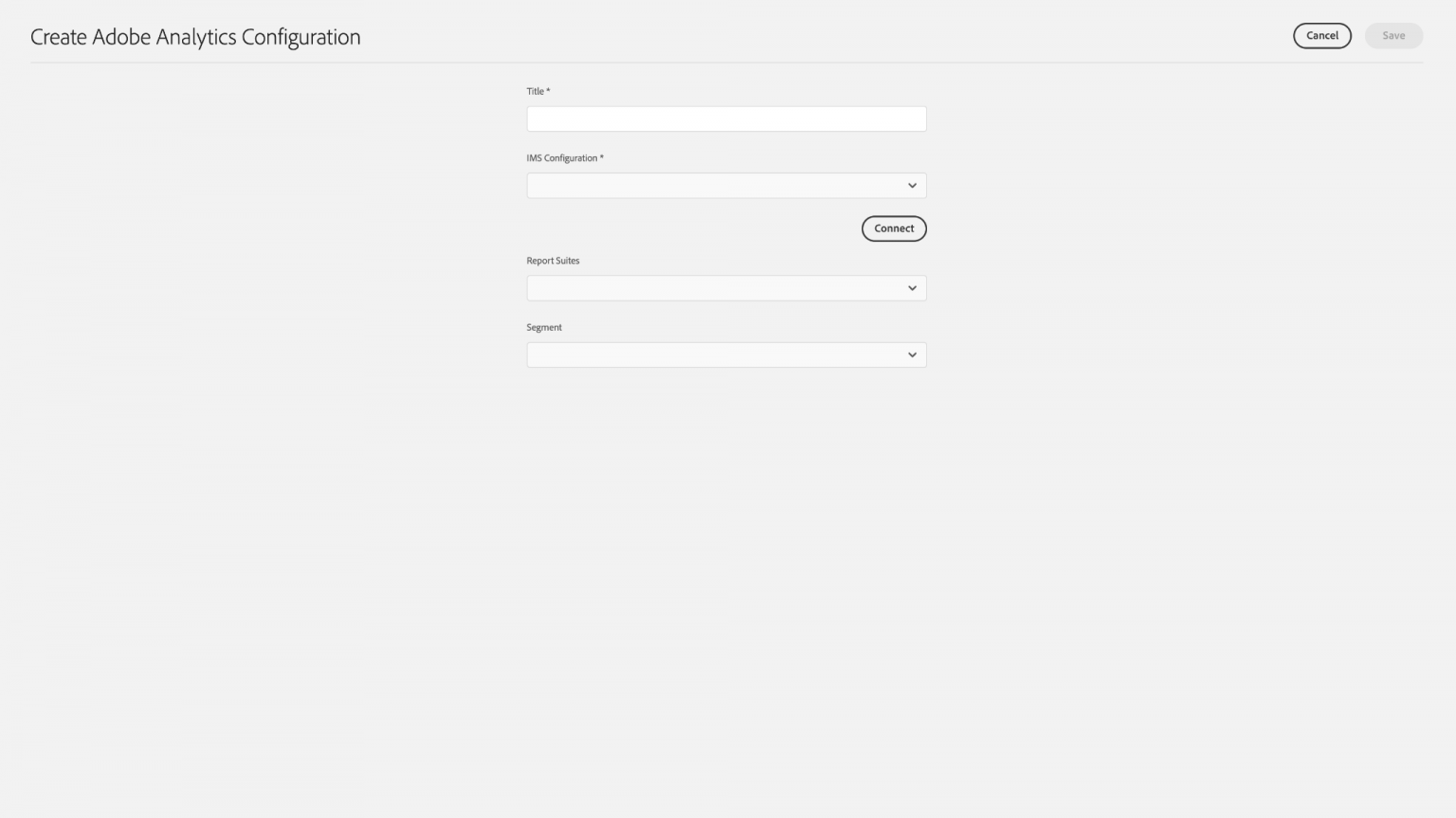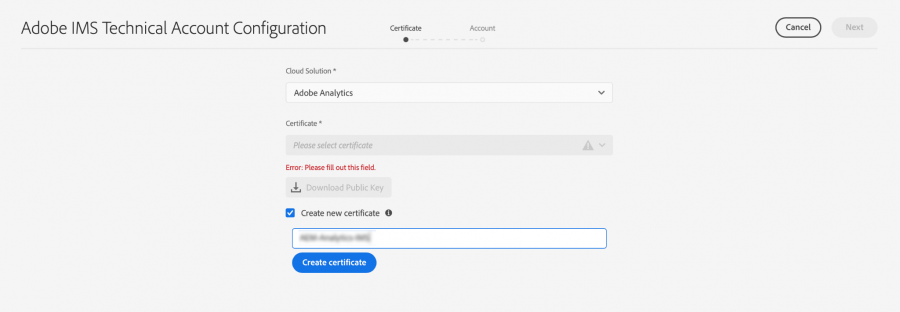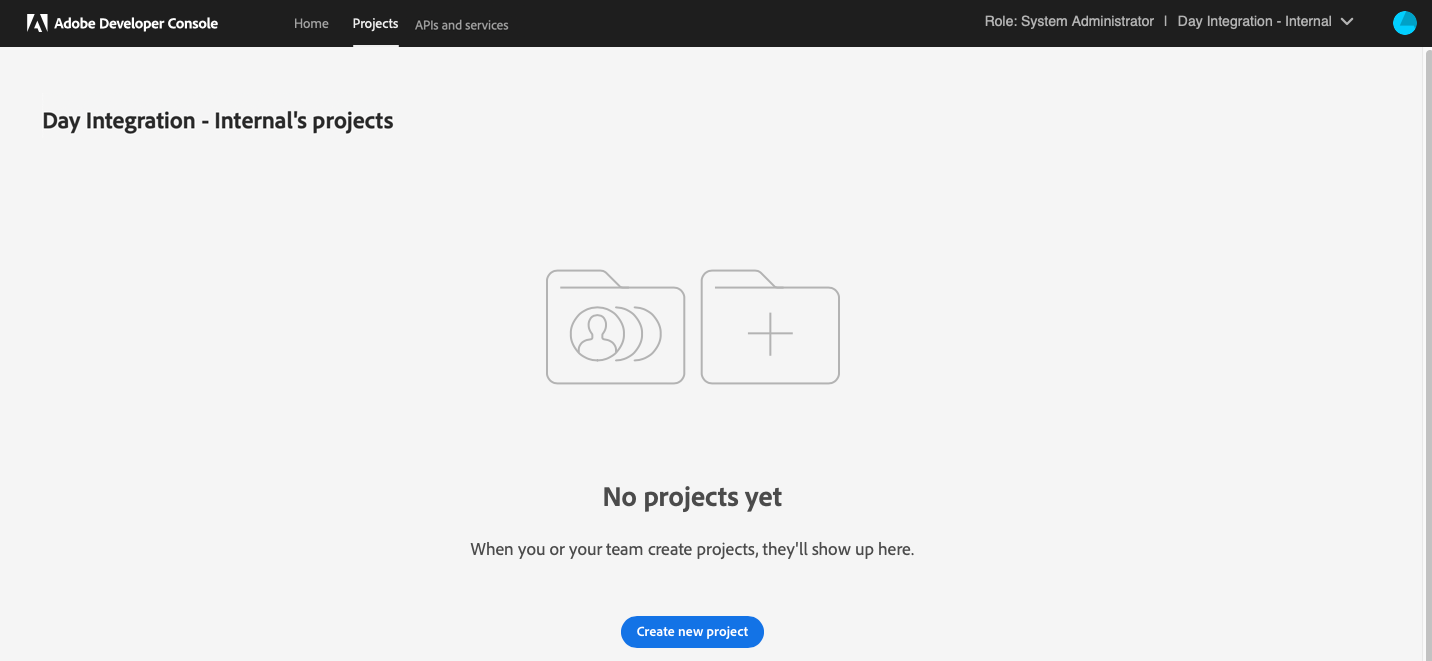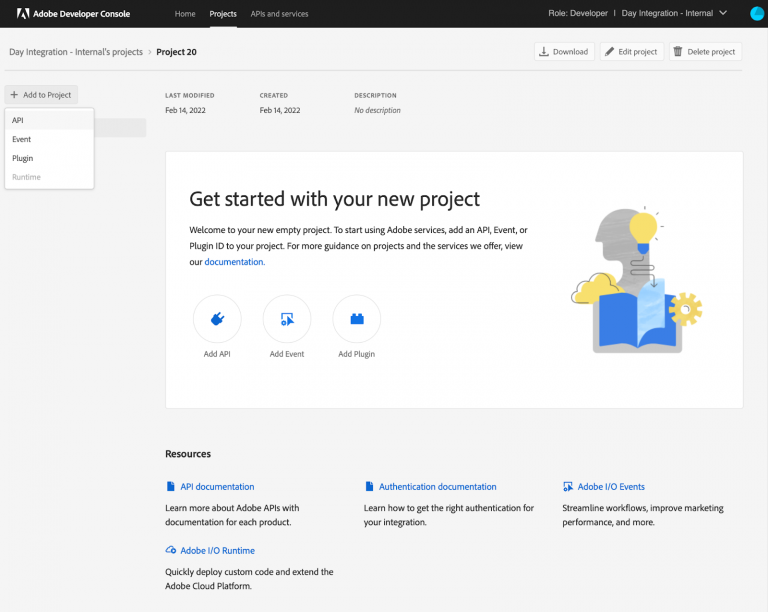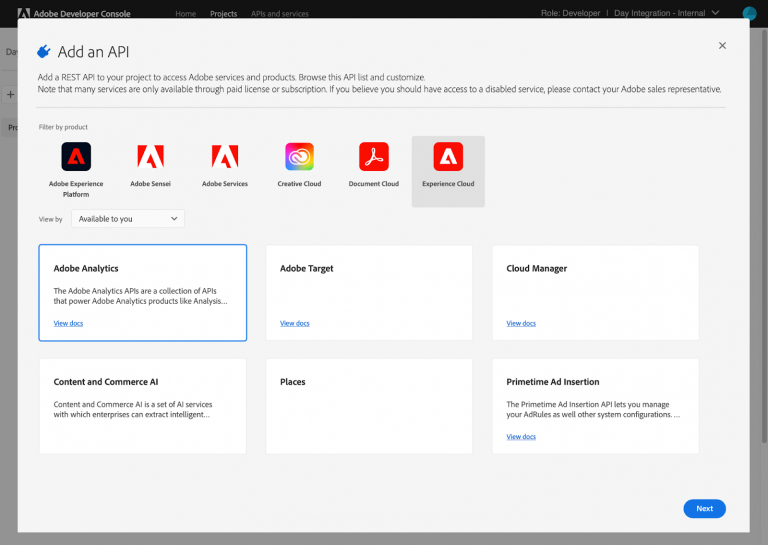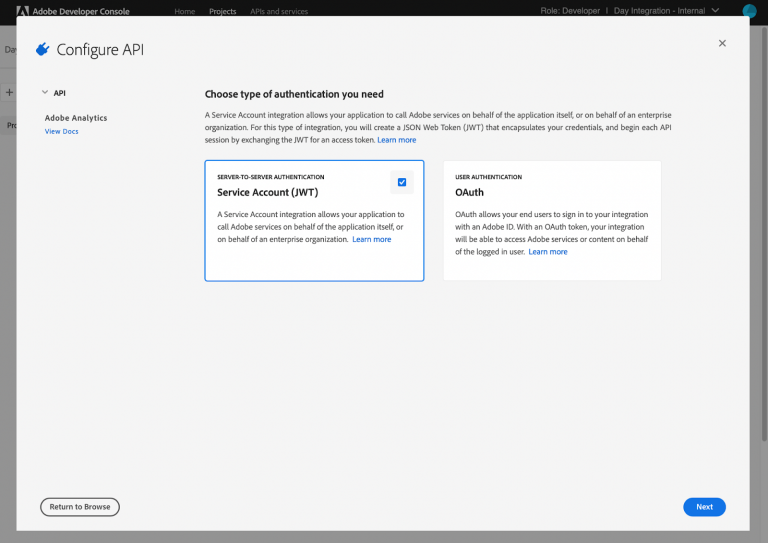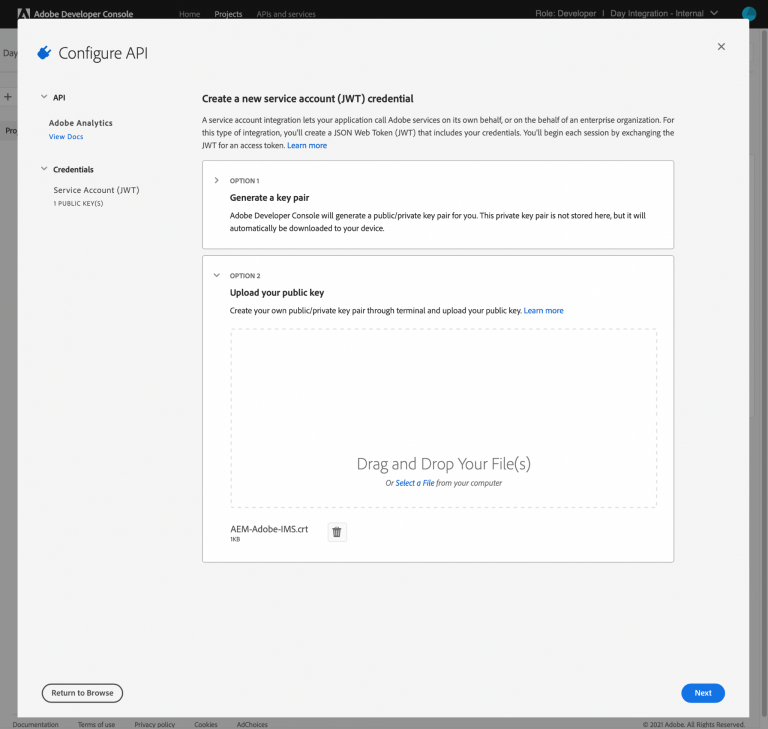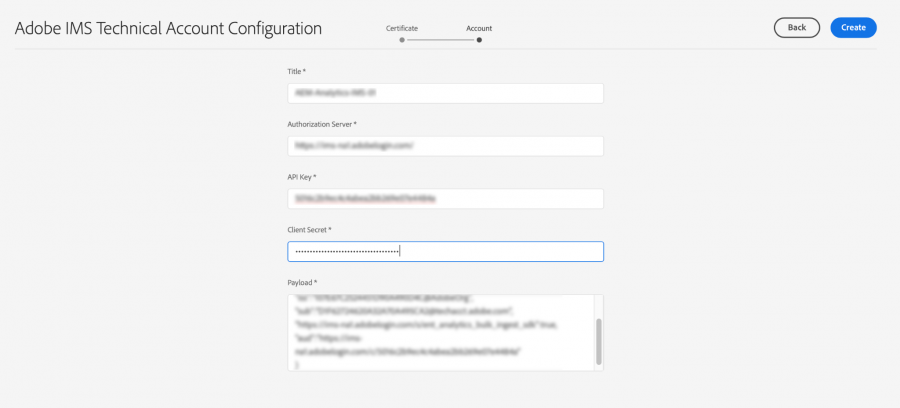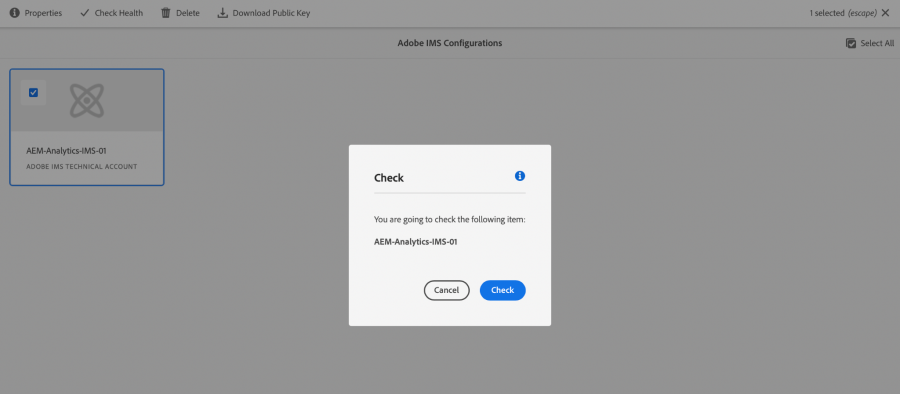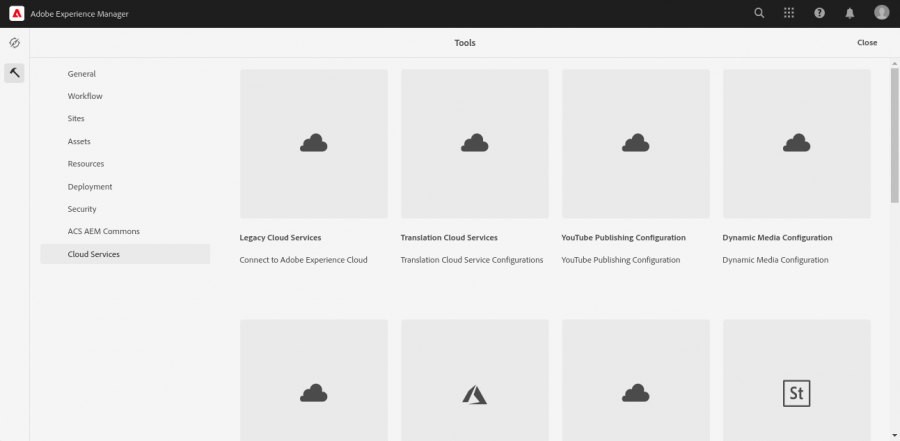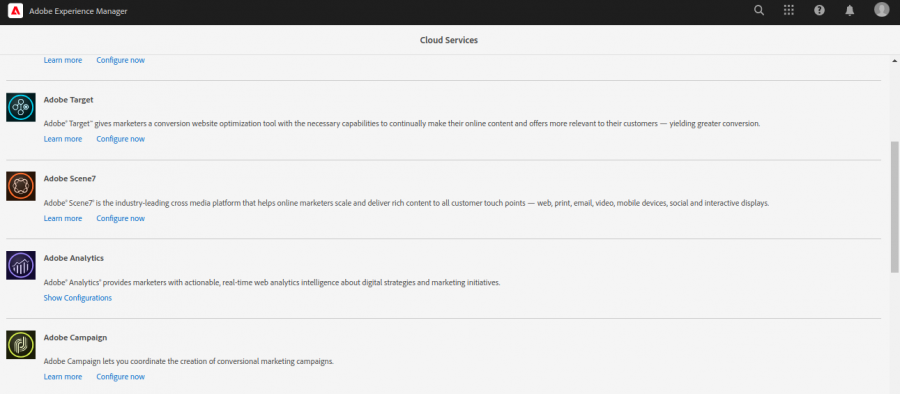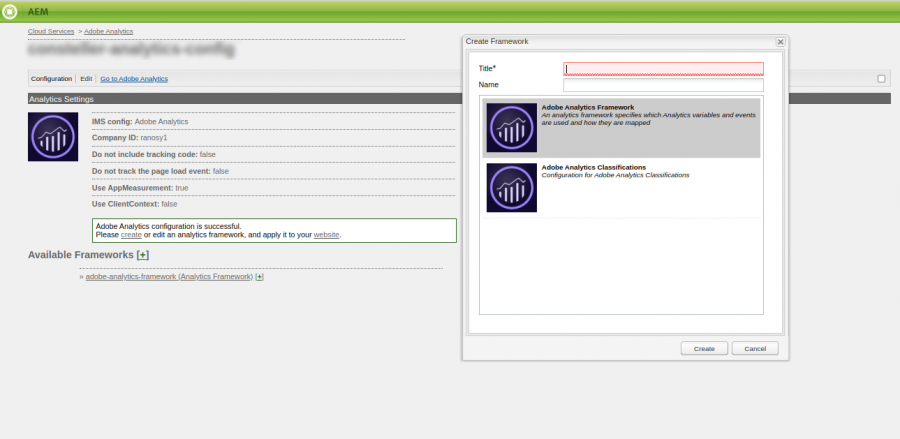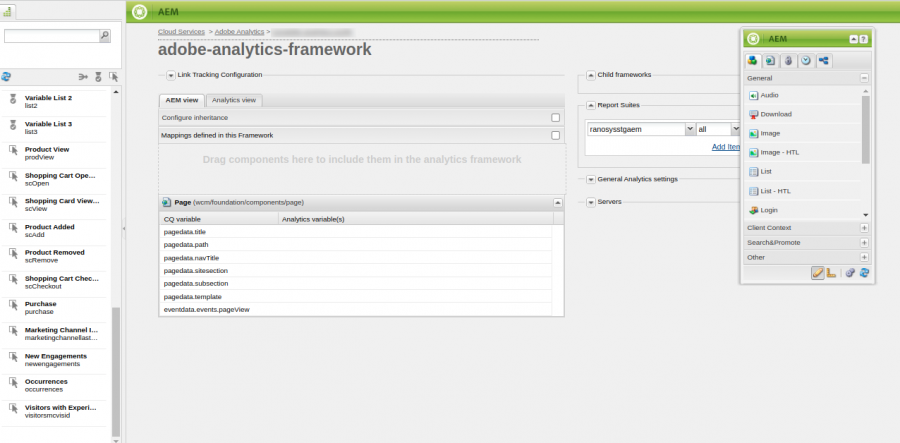With companies extracting an enormous amount of data, implementing web analytics on a website is an essential aspect of gathering and organizing data that is useful for both businesses and the developers in order to create a superior user experience. And if you leverage Adobe AEM (Adobe Experience Manager), in that case, you can seamlessly integrate it with Adobe Analytics to track your web page activity by quickly analyzing large volumes of data on your website in real-time. This integration provides powerful visualizations to unveil deep, actionable insights and allows quick and effective decision-making to improve overall business performance.
Adobe Analytics and Adobe Experience Manager tools from Adobe
Adobe Analytics is a comprehensive solution that helps in understanding web behavioral data by giving a 360-degree customer view. It tracks and maps the entire customer journey and offers insights that enable you to deliver the best website experiences to every browser.
Adobe Experience Manager (AEM) is an enterprise digital asset and content management system that allows businesses to create, manage and deliver content across every digital touchpoint. Moreover, this comprehensive content management solution allows your extended teams to establish full control over web content and offer best tailored user experiences throughout.
Customer journey is a compilation of experience, analytics and more
Although data facilitates customer journeys, it is crucial to have a framework for mapping the entire buyers’ journey, measuring what is effective, and evaluate how to use it to optimize for maximum profitability. This makes it possible for experts to understand better how customers react when interacting with the steps involved in a service. These interactions, sometimes referred to as “touchpoints,” assists marketers in determining what their goals ought to be.
Businesses must enable customers to engage in a consistent and seamless experience across multiple channels in a digital world where smartphones, tablets, and other connected gadgets would allow customers to seamlessly transition from one experience to another before making the final decision.
Although offering a smooth multi-channel experience appears to be quite simple from the front, a lot is happening in the back end. To make the experience seamless, marketing professionals and analysts manage large volumes of data. They combine numerous data to analyze behavioral data and employ machine learning (ML) and artificial intelligence (AL). They also piece together a client’s entire journey with the business to find the best ways to make the experience simple, better, and satisfying.
How does a modern CMS and data analytics tool help?
Every brand strives to analyze all of the data supporting the customer journey, which is different from the analytics you are accustomed to. From the very beginning of analytics, brands have always placed a strong emphasis on analyzing visitors and their behavior. With the development of tactics and technologies to comprehend user behavior, the devices used by these visitors also played a significant role. Today, companies use analytics to their fullest potential and ensure that their customers receive the best possible experience with the help of the right tools and targeted advertising.
Why Adobe AEM & Adobe Analytics integration?
Adobe Analytics and Adobe Experience Manager integration is nothing short of a eureka moment. The AEM & Adobe Analytics integration provides an ability to link data and content together. You can structure your content for maximum engagement via Adobe AEM and drill into data using Adobe Analytics to provide the most seamless and personalization website experience at scale. Integrating Adobe Experience Manager with Adobe Analytics improves transparency, visibility, and the visitor’s behavior towards your website content and boost lead generation efforts.
- This integration ensures improved page conversion rate and easy tracking of pages, sections, form submissions, link clicks (along with positions), and transaction data.
- The businesses using this integration can have a complete view of the customer journey.
- By integrating your AEM-based website with Adobe Marketing Cloud, you can target individual customers or user groups and give them a more tailored experience.
Use cases of Adobe Analytics integration with Adobe Experience Manager
#1: Forge a seamless connection between content and data
With Adobe AEM and Adobe Analytics integration, you connect data and content together, empowering teams to be more productive and proactive with minimal IT indulgence. Adobe AEM allows you to centralize content for your multi-location website, without having to switch between sites and systems. Integrated with Adobe Analytics, this powerful combination drills into your content data to analyze what’s working for your audiences and what doesn’t. With the insights gathered, you can identify audience groups and push customized content to their preferred touchpoints, resulting in an efficient and higher sales.
#2: Push changes in real-time for better user experiences
When you integrate Adobe AEM and Analytics tools, you empower yourself with the ability to derive insights quickly and make changes in real-time. With Adobe Analytics artificial intelligence, you can evaluate page visits, page views, bounce rates, and more actionable insights to tweak your website content for better performance. This results in a personalized user journey that further acts as a catalyst for better website performance. Tailored UX improves user experiences, lead generation numbers, converting more prospects to customers.
#3: Optimize budgets for maximum ROI
Today, companies spend a lot of budget on campaigns across touchpoints, which is why it is essential to analyze how your marketing content performs. Adobe Analytics integrated with Adobe AEM studies the impact of content across every channel – paid ads, website, app, emails, and so on. Its AI and ML algorithm helps you identify the channel that garners the most traffic and leads so that you can optimize your marketing spend accordingly.
#4: Predict trends for the future
Adobe Analytics integration with Adobe AEM not only studies data to reveal insights that you implement in real-time, but its predictive tools powered by AI and ML helps you understand market trends for the future. This way, you can consistently take advantage of data in the present and take note of insights and features that would define the future.
How to integrate Adobe Analytics and Adobe Experience Manager?
You can monitor the usage of your web pages by integrating Adobe Analytics with Adobe AEM as a Cloud Service. The integration can be carried out by
- Adding and configuring Adobe Analytics as an extension in Adobe Launch
- By utilizing the Touch UI to create an Analytics setup in Adobe AEM-as-a-Cloud Service
A: Adding and configuring Adobe Analytics as an extension in Adobe Launch
Here are the following steps:
Step 1 – Creating the Adobe Analytics configuration





